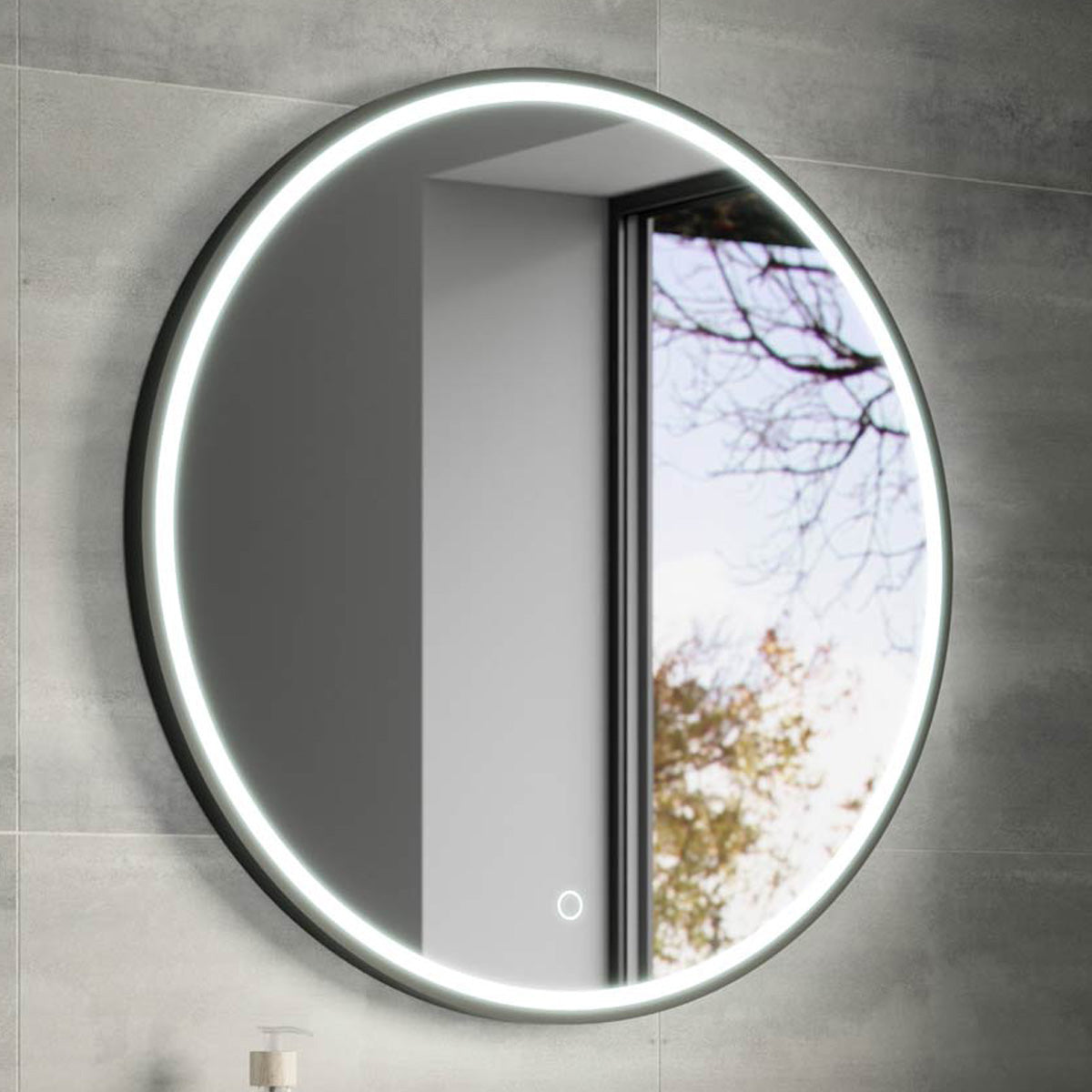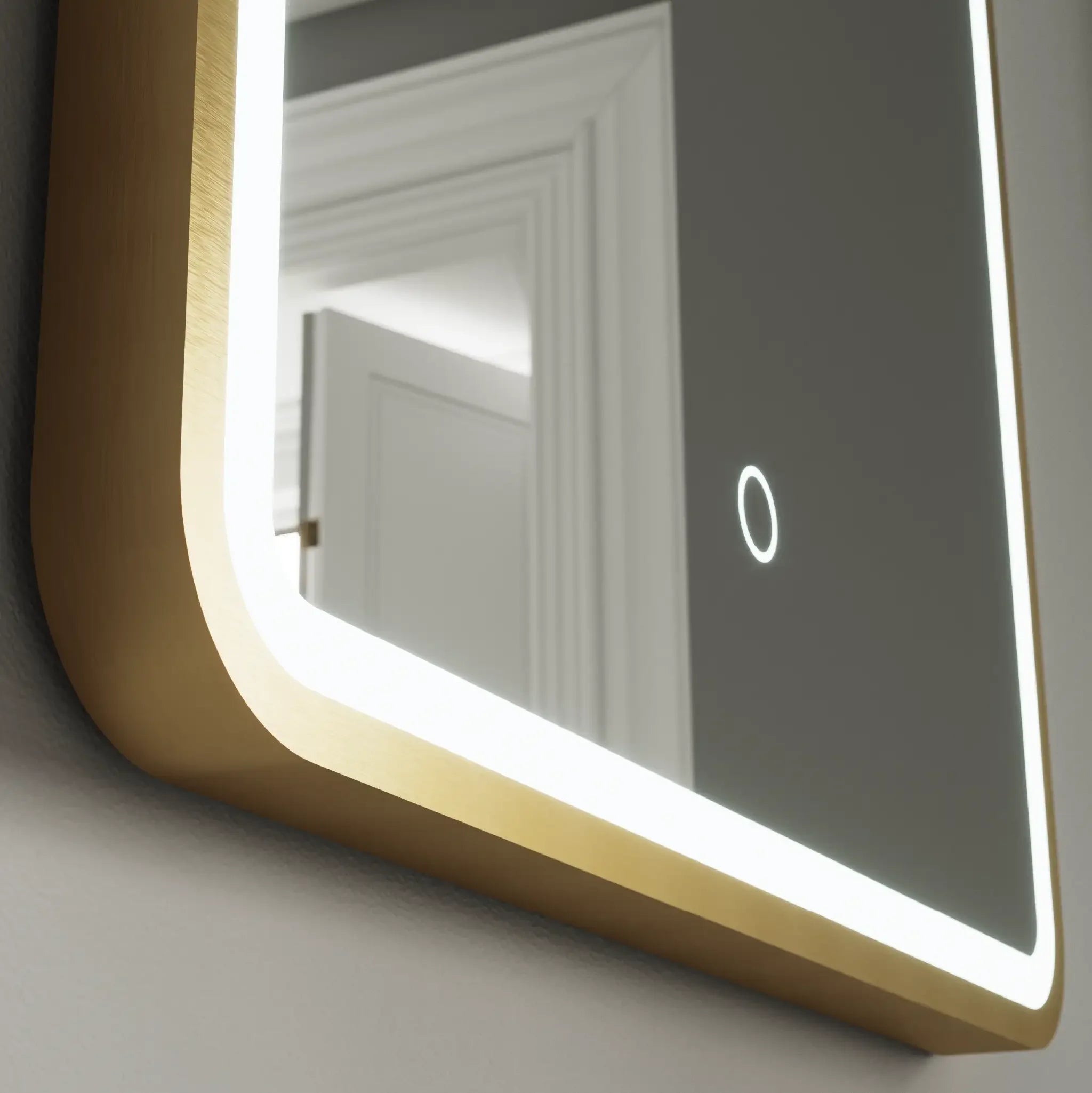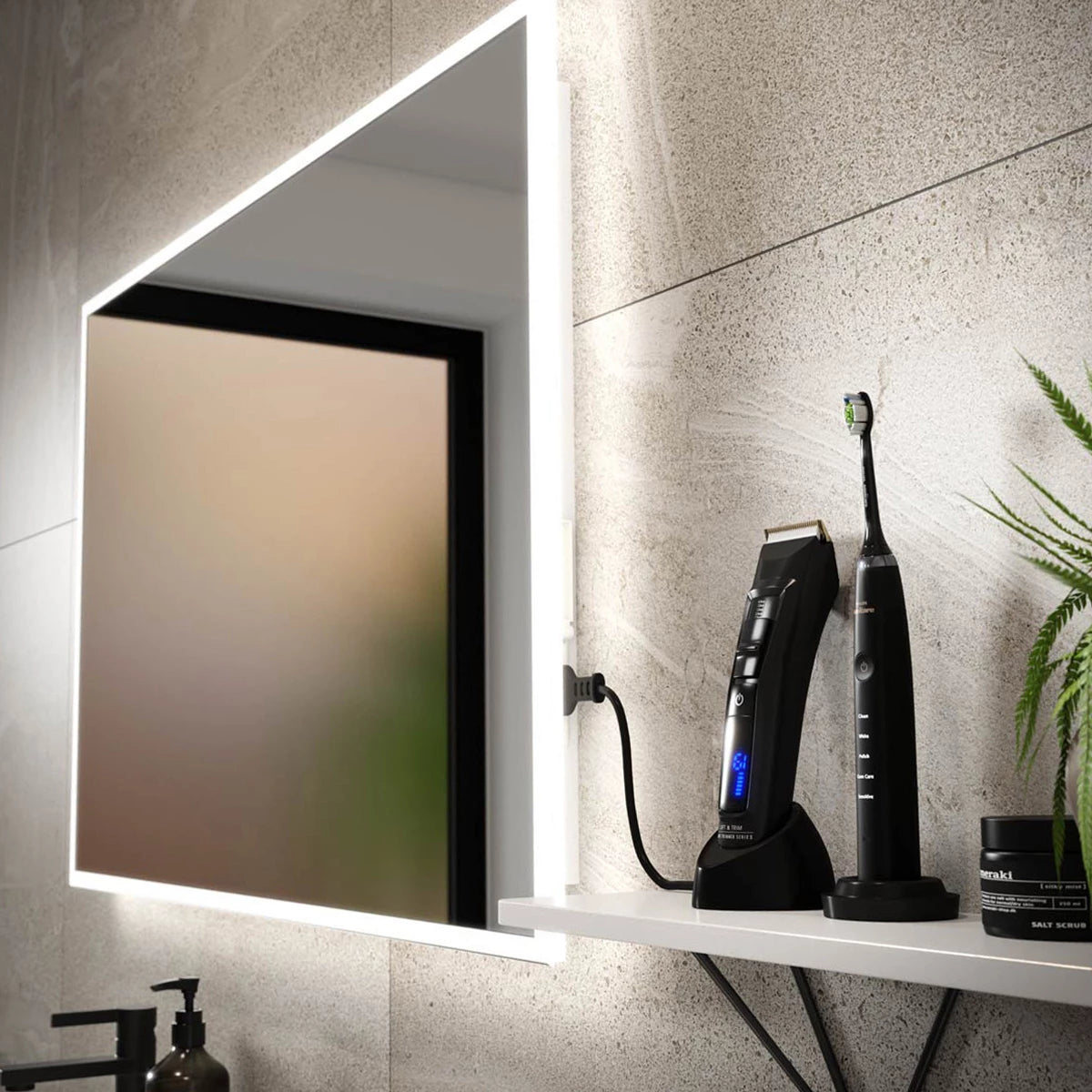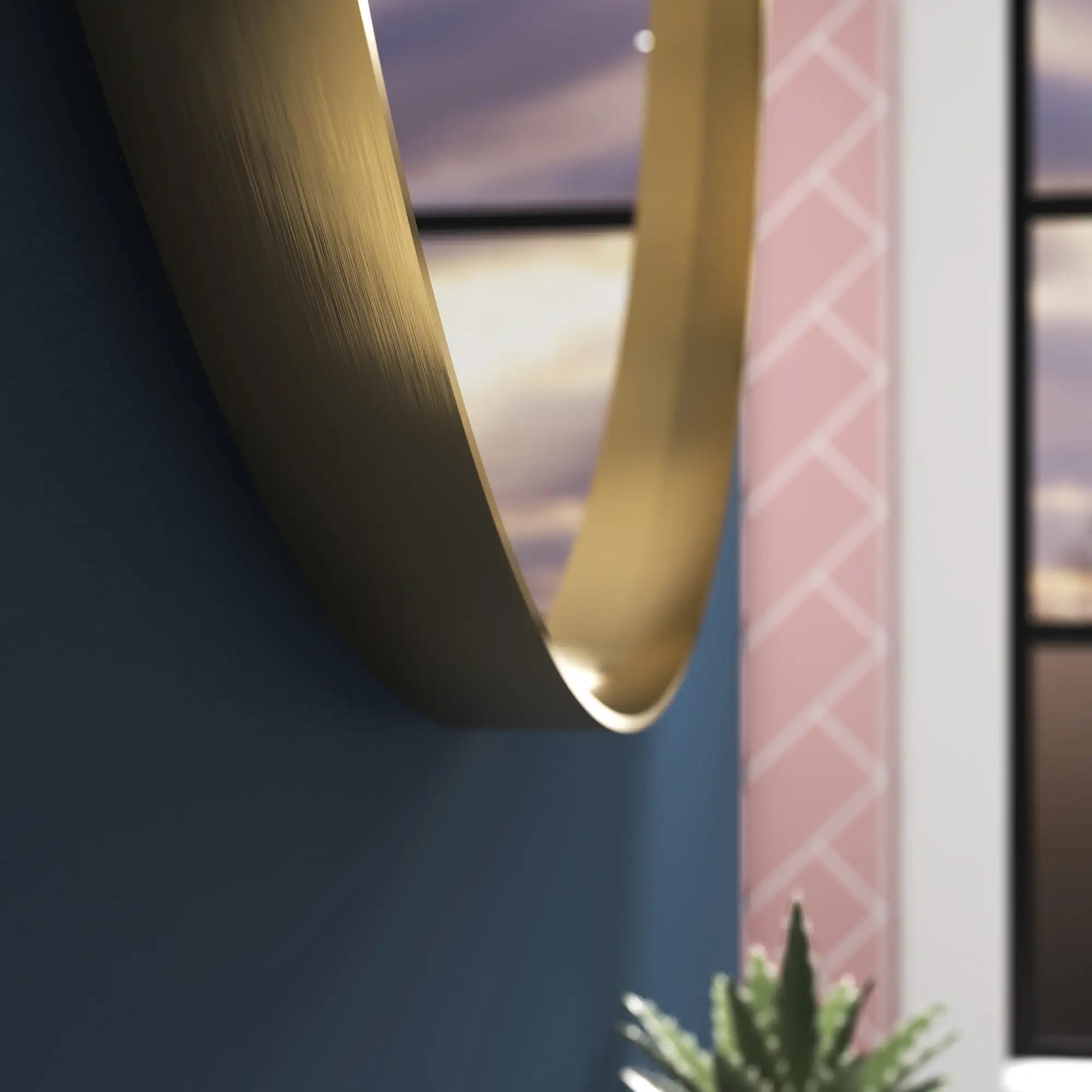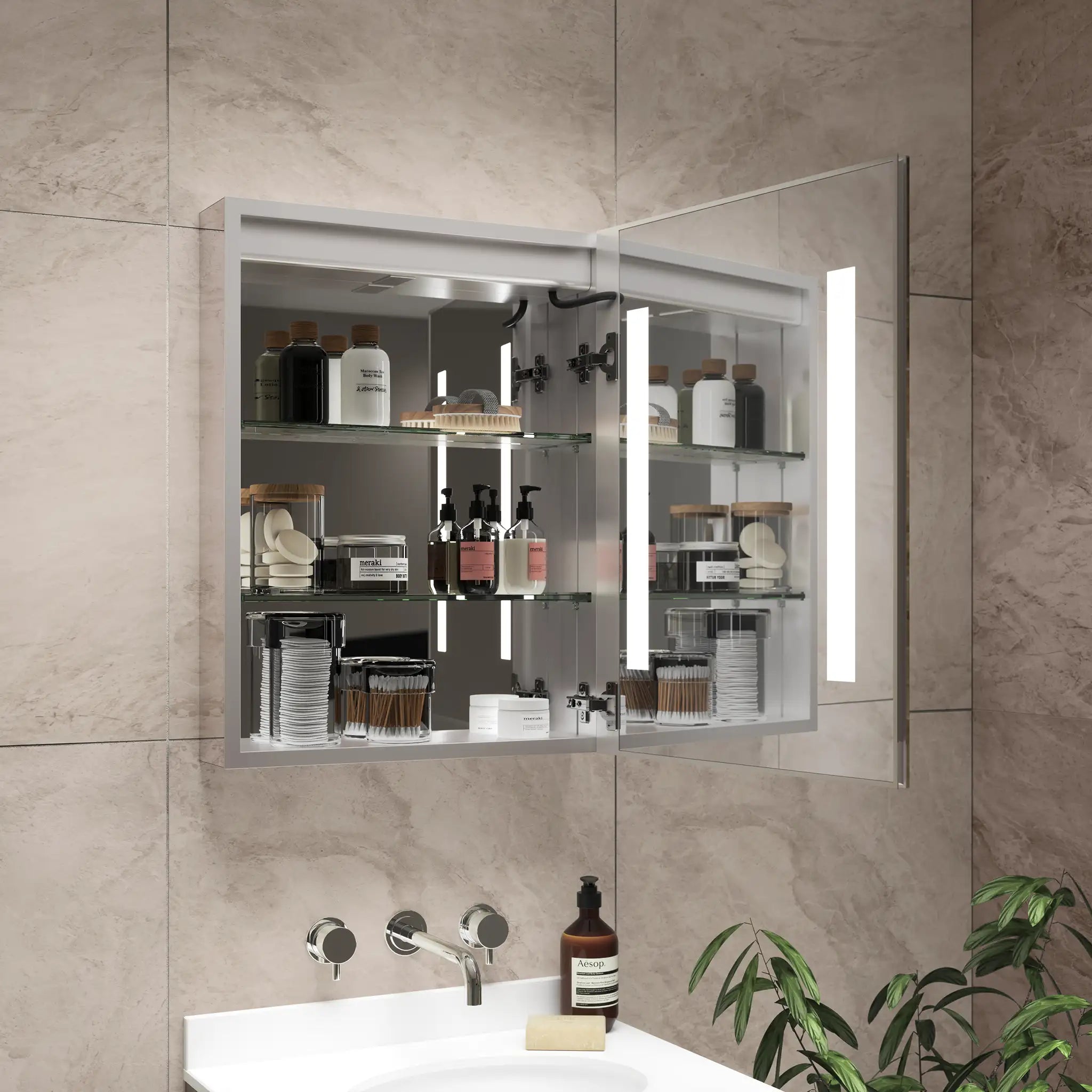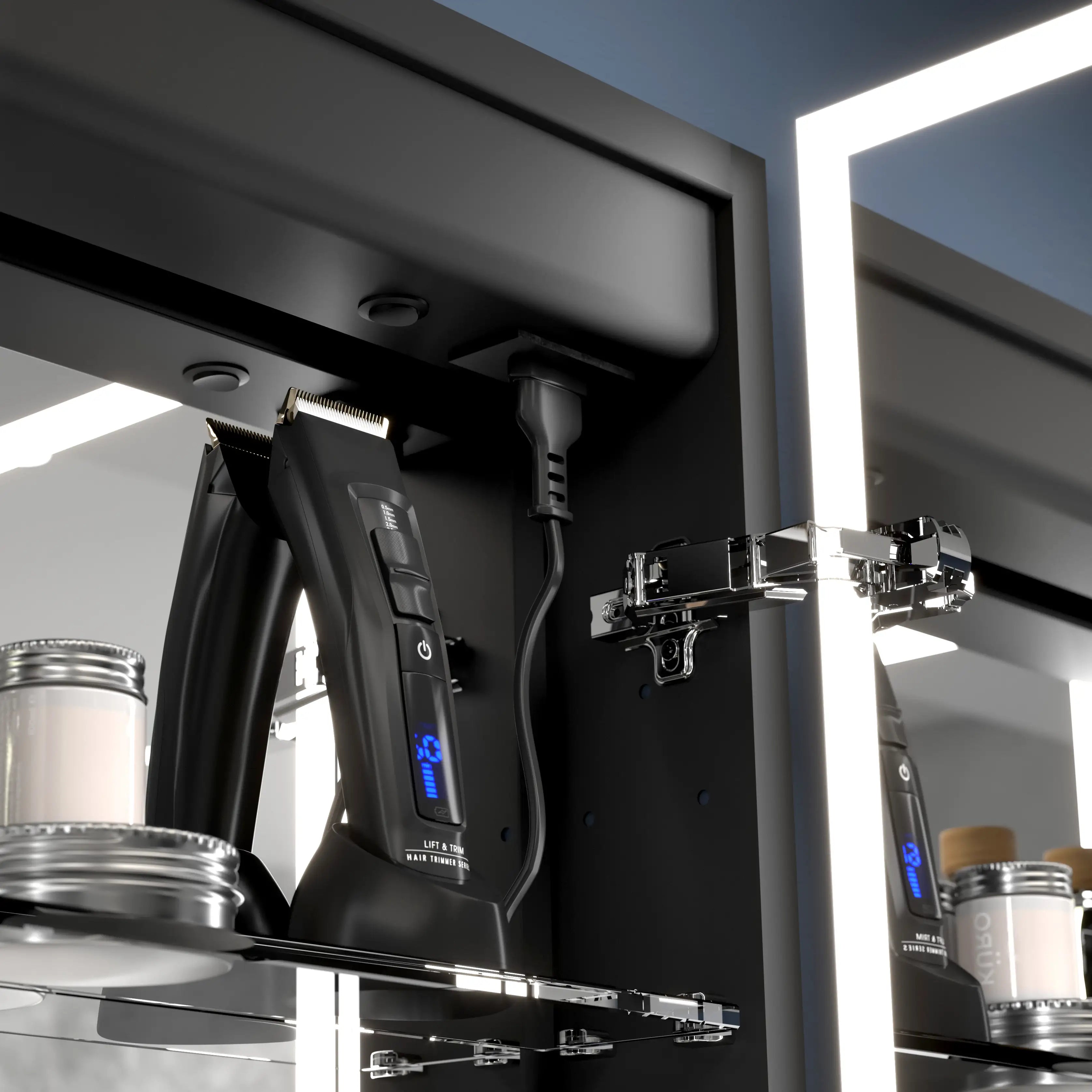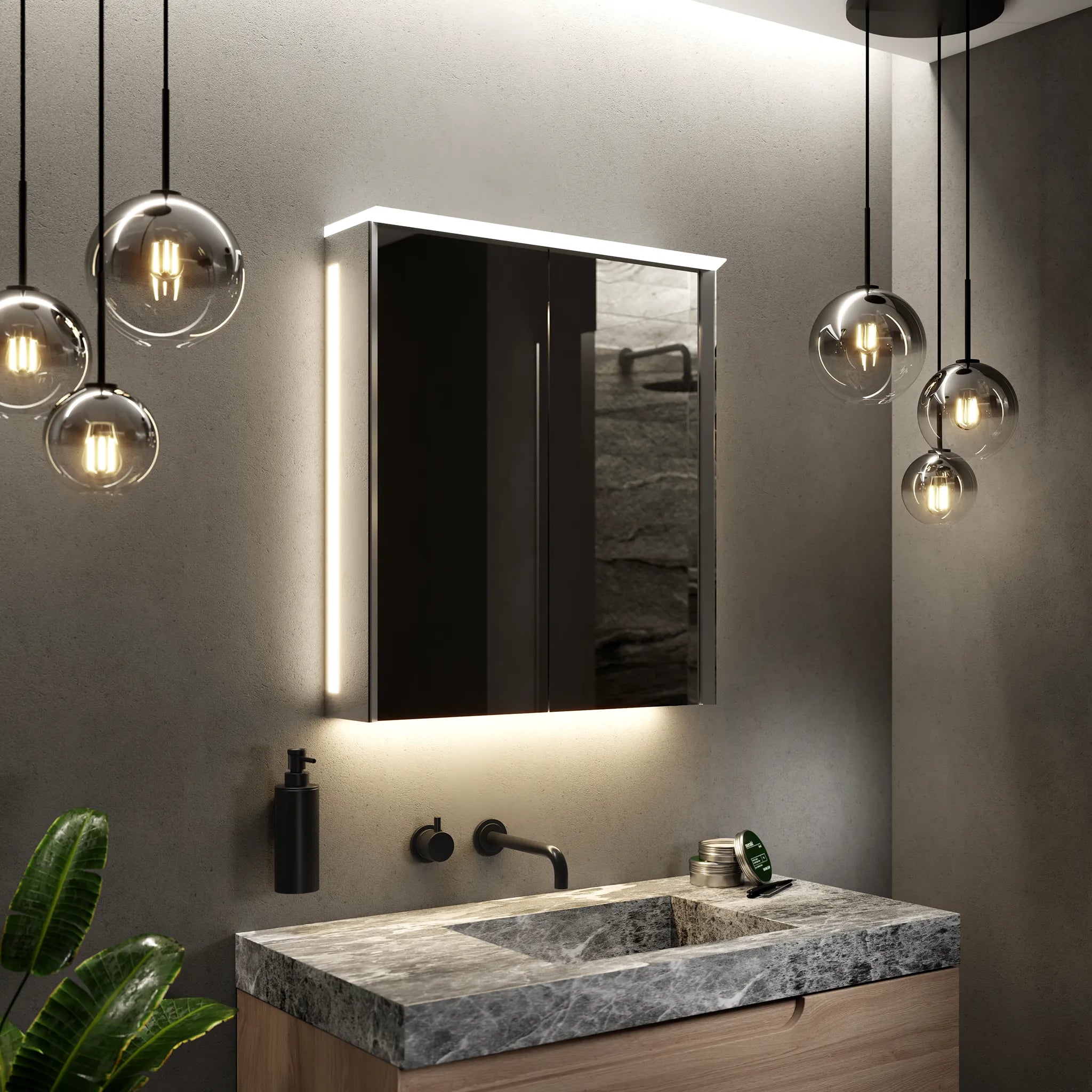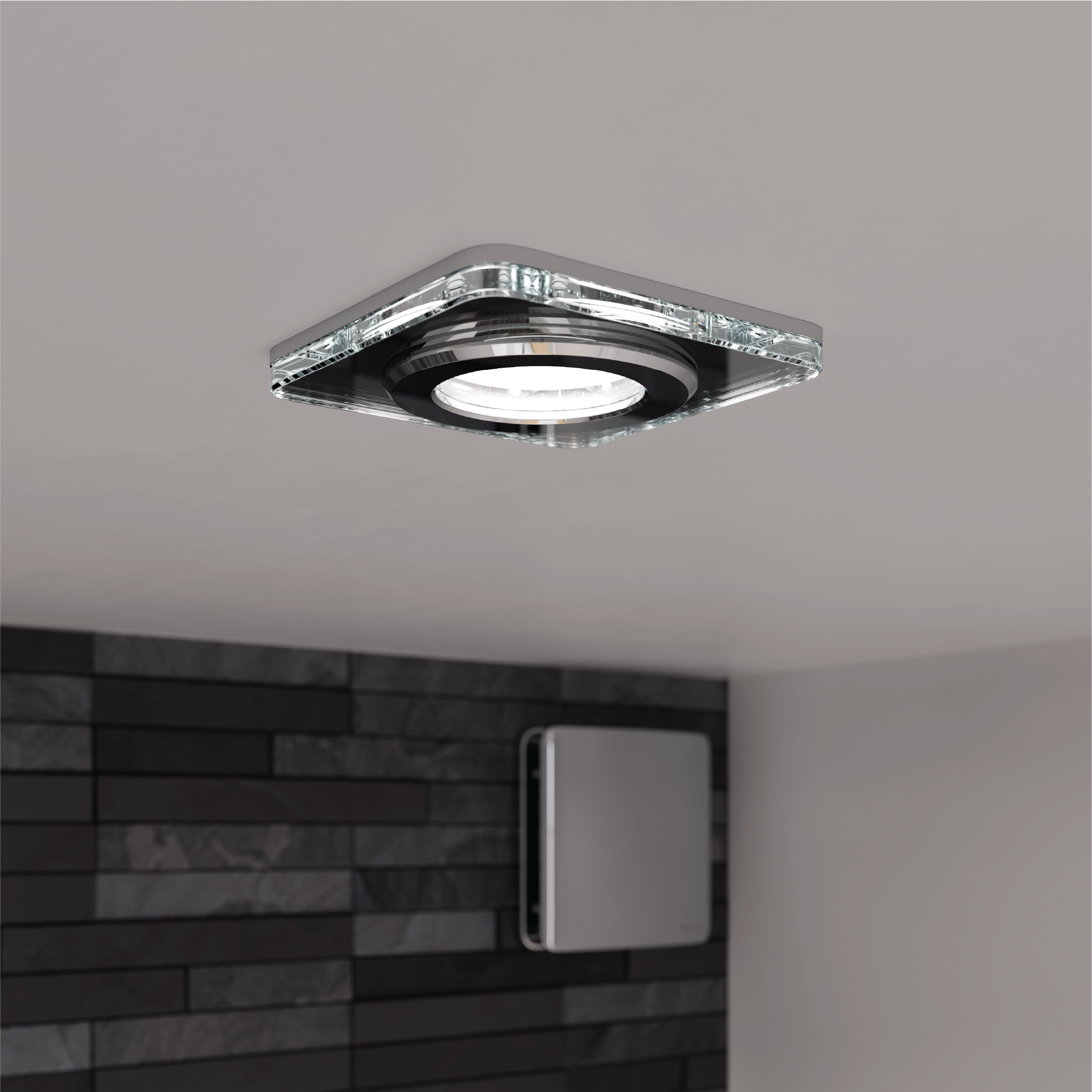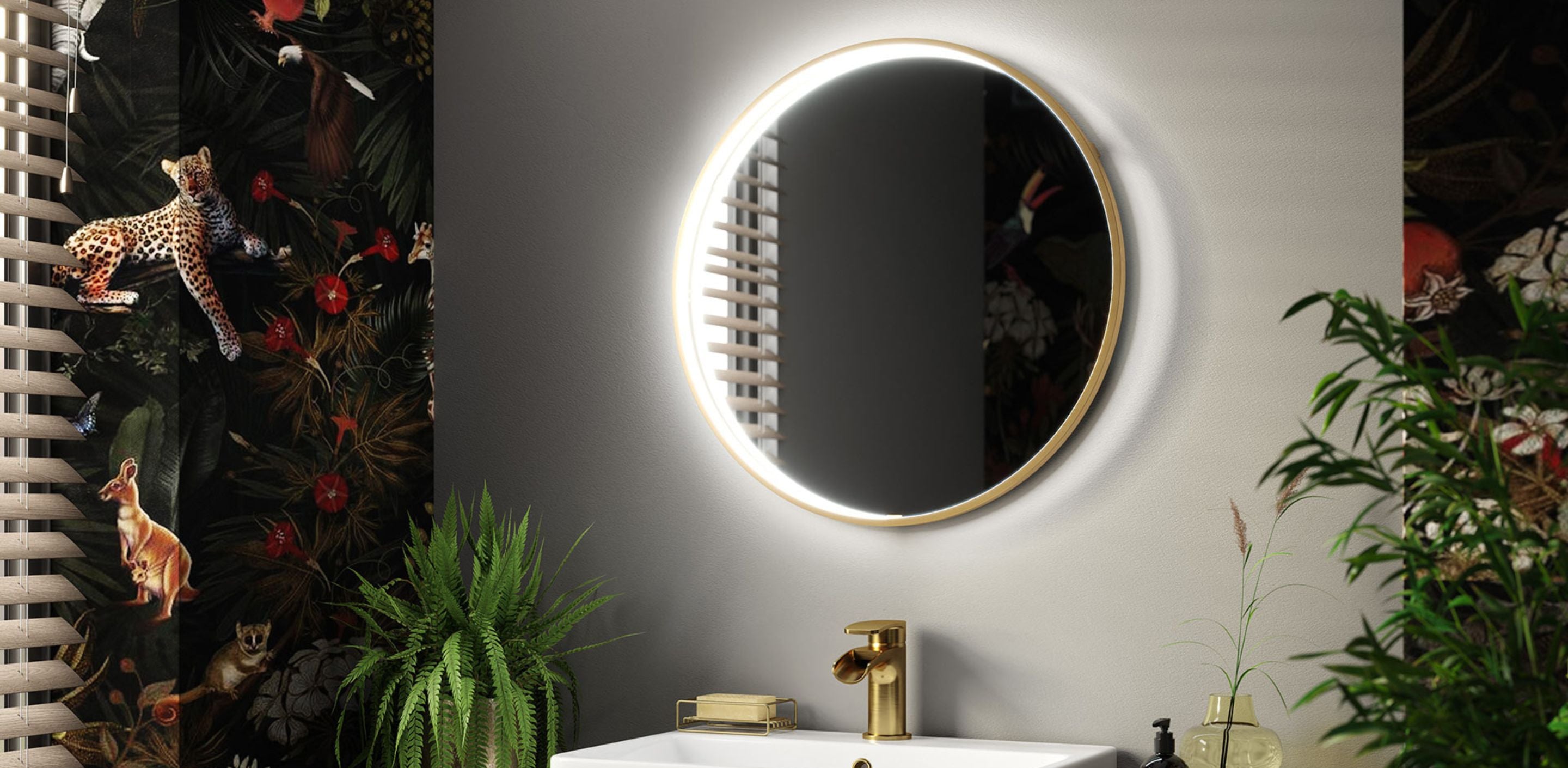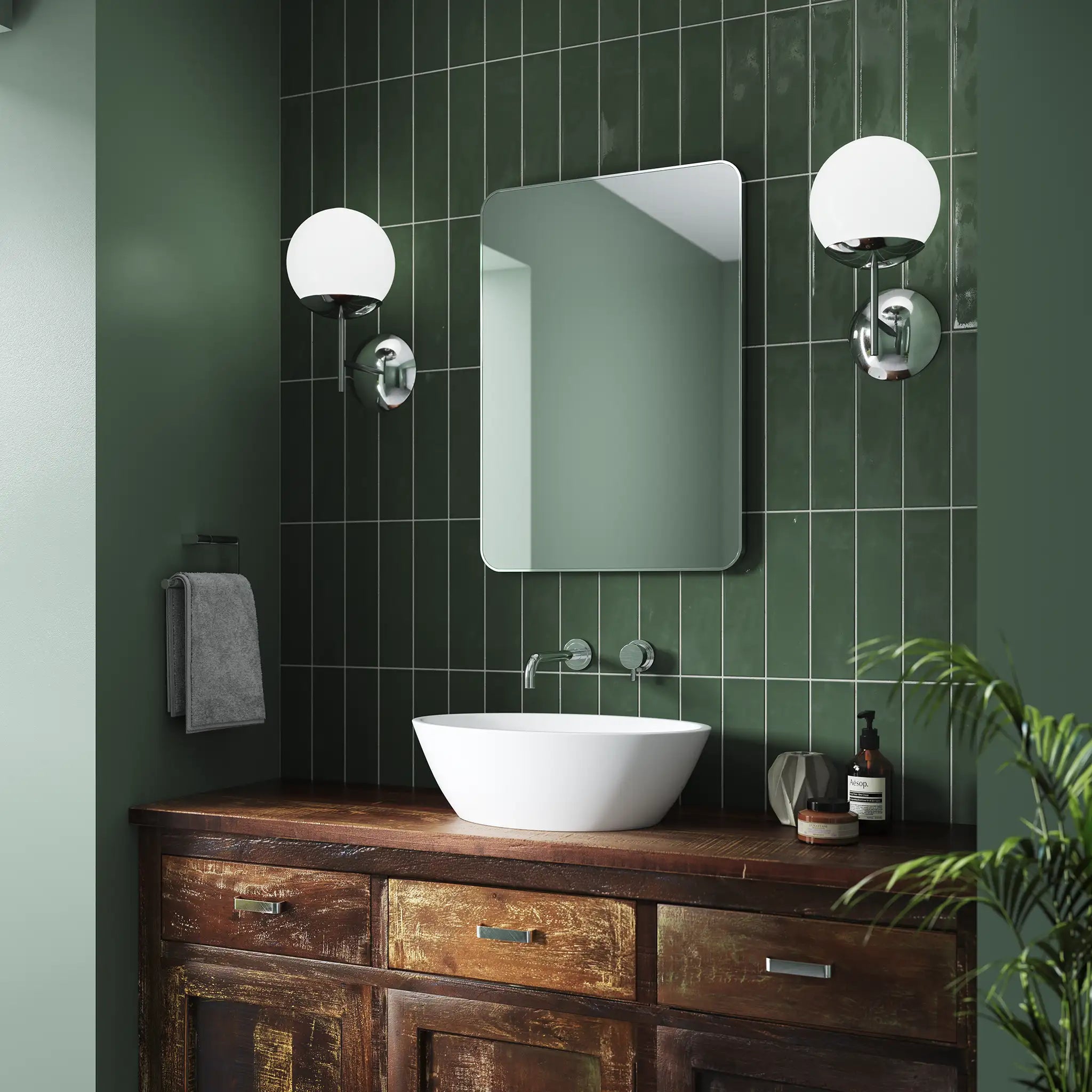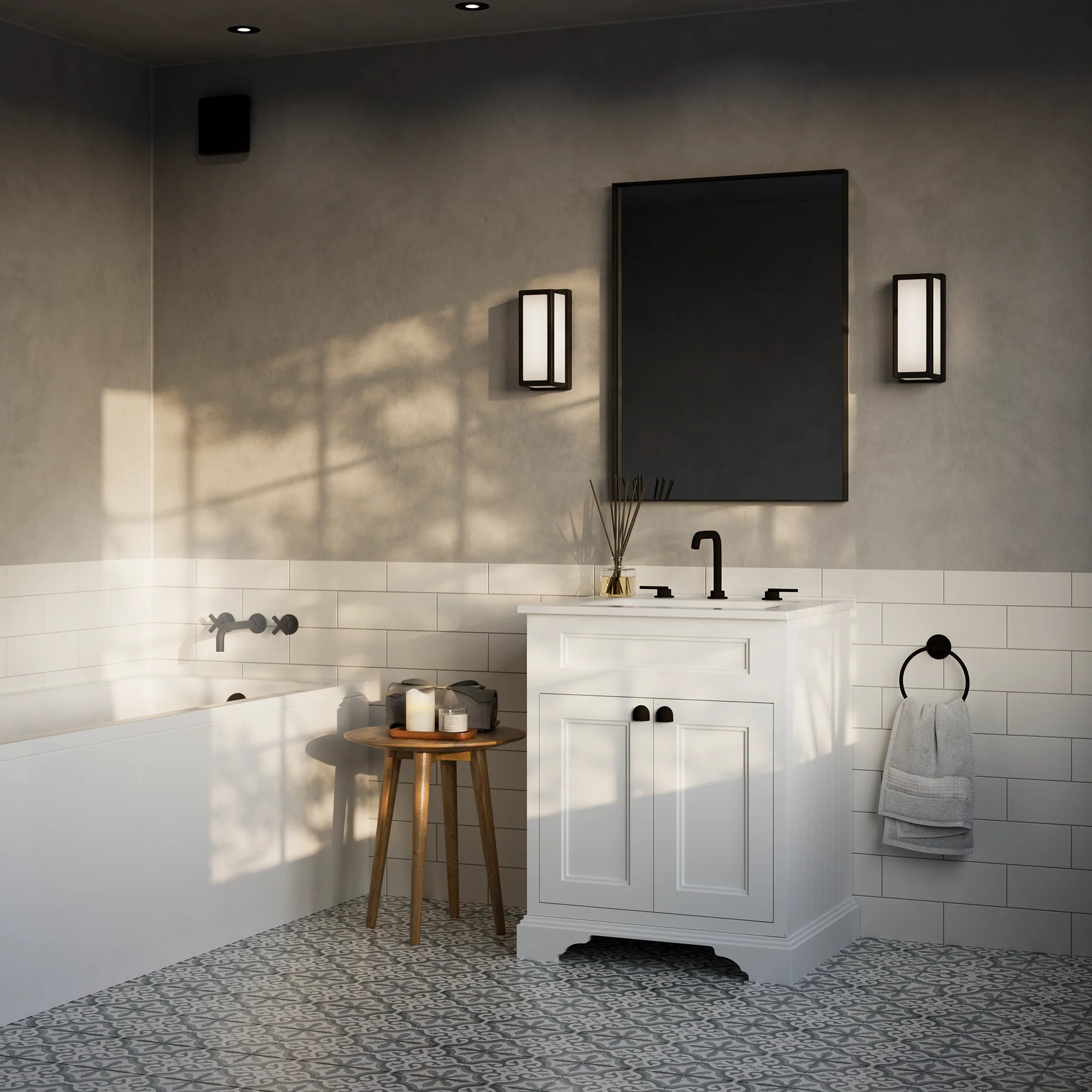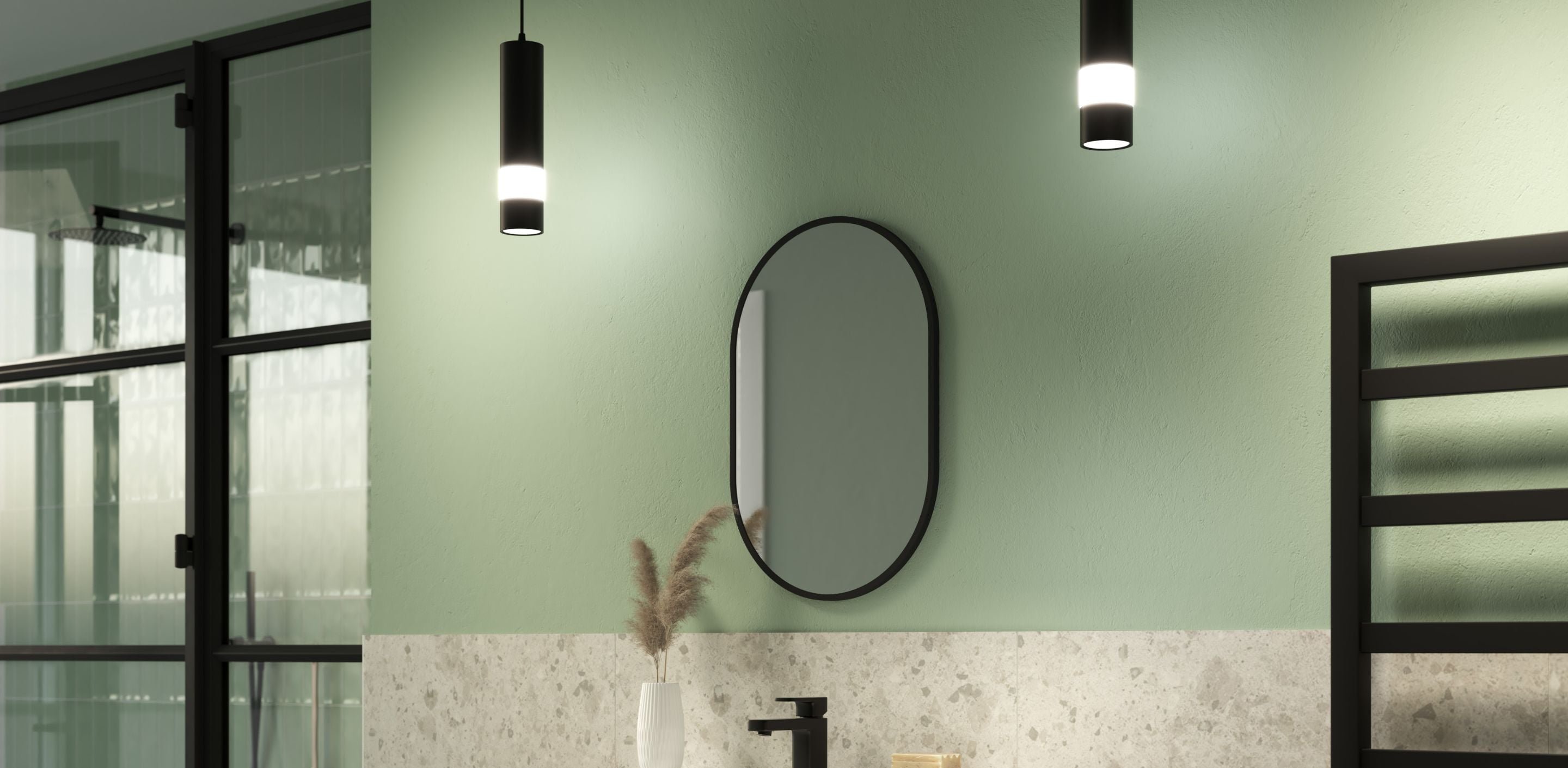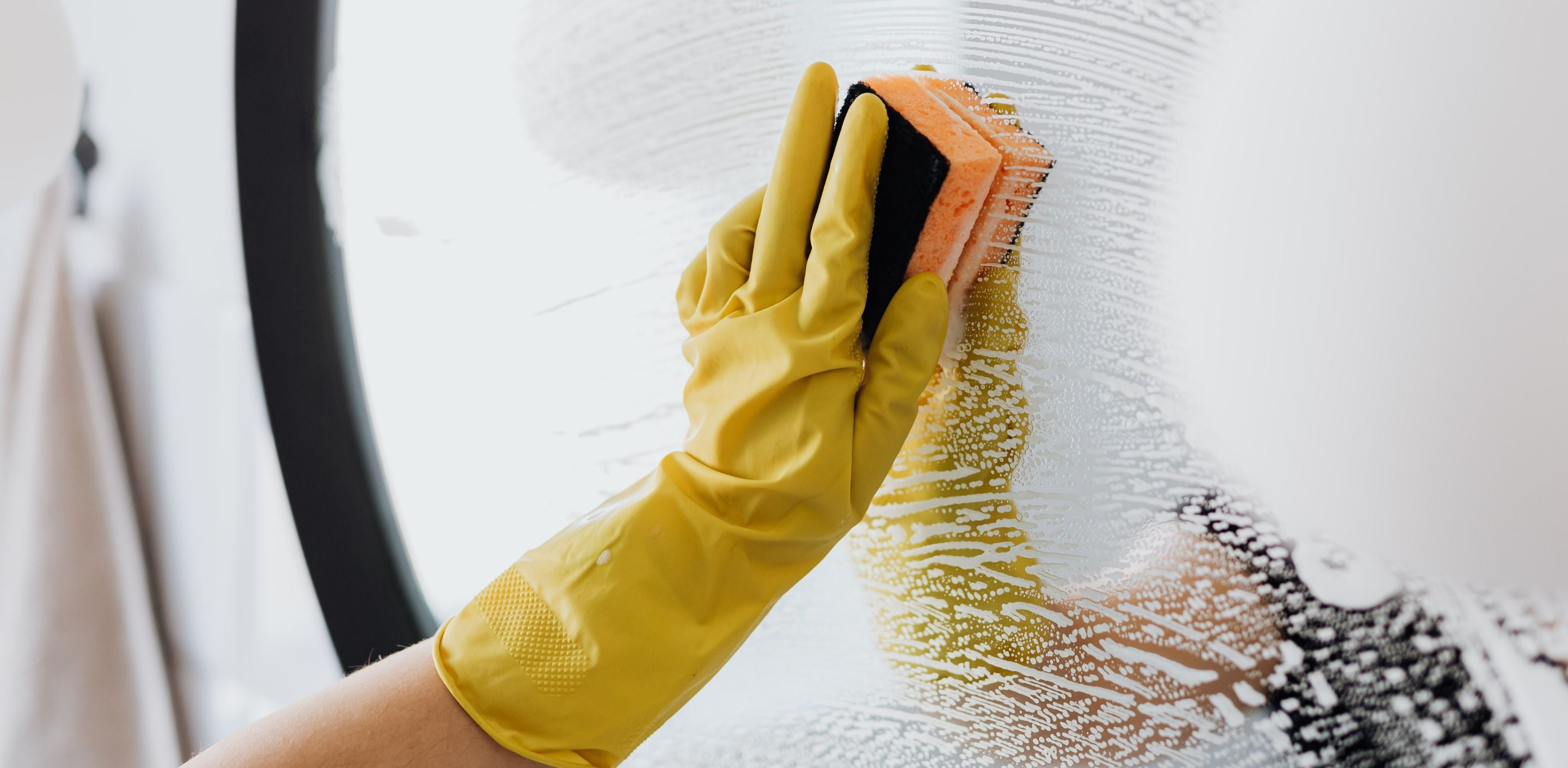Are you renovating your bathroom or simply looking to upgrade your mirror? Finding a balance between a practical mirror size and it suiting the rest of the bathroom’s style can be difficult to achieve, but fear not! We've got you covered with our comprehensive guide on how to choose the perfect bathroom mirror size to enhance both the functionality and aesthetics of your space.
Contents:
1 - Bathroom mirror size - Where to begin
2 - Think about how you'll use the mirror
3 - Vanity units as a reference point
4 - Consider the depth of bathroom mirror cabinets
6 - Where to place your bathroom mirror
1 - Bathroom Mirror Size - Where to Begin
The best way to find out how big should a bathroom mirror be is to start off measuring your width of your vanity unit. General rule of thumb, is that your bathroom mirror size, should be wider than your sink, but no wider than the width of the vanity unit.
Hot Tip: If you are wanting to add lights either side of your mirror, your mirror would generally be slimmer.
2 - Think about how you'll use the mirror
A mirror is a great way to reflect natural or artificial light around your room, and the greater the surface area of your mirror, the more light will reflect around the room.
Ask yourself these additional questions when choosing your bathroom mirror size:
-
What style bathroom furniture do you own or plan to own?
-
How many people will be using the bathroom?
What style bathroom furniture do you own or plan to own?
Vanity units and sinks with rounded corners suit round mirrors or mirrors with rounded corners, whilst angular furniture is often better complemented by a rectangular mirror with angular corners.
How many people will be using the bathroom?
If more than two people use the room, a large mirror isn’t critical, however it will allow more members of the household to use the bathroom at once. Mirrors don’t necessarily need to be placed above a sink either – the time spent using a water source may be only a fraction of the time you need to spend looking into a mirror. If you have a good size wall above the radiator or toilet, this could be a great space for a mirror if you have a window or otherwise full space above the sink.

3 - Vanity Units as a Reference Point
You may want to use your vanity unit to determine your ideal bathroom mirror size. The most common vanity units are 600mm in width and 800mm in height, whether freestanding or wall mounted. However, they are many different size vanity’s, for instance, a compact downstairs toilet might benefit from a smaller vanity size, while a spacious family bathroom could accommodate a larger one. Many customers choose mirrors that are the same width as their vanity unit, or a few centimetres smaller, so it is in proportion to the vanity.
Single Vanity Unit
For bathrooms with single vanities, matching the width of your mirror to that of the vanity or opting for a slightly smaller size ensures proportionality and visual harmony. This creates a balanced look that enhances the overall aesthetic of your space.

Double Vanity Unit
With double vanities, the key is to maintain symmetry and balance. Consider installing two separate mirrors or one large mirror spanning the width of both vanities to create a cohesive and visually pleasing arrangement.

4 - Consider the depth of bathroom mirror cabinets
If your sink or vanity is over 40cm deep, a bathroom mirror cabinet might be an ideal choice to maximise space and help prevent leaning over a sink. At Pebble Grey, we stock cabinets from 12cm to 13.5cm deep with adjustable shelves, allowing for a stylish yet practical solution whilst providing brilliant light output. Our cabinets are all made with lightweight aluminium, which has naturally anti-rust properties, making an LED cabinet an ideal bathroom piece.
5 - Bathroom Mirror Height cm
Standard mirror height is between 60-80cm, whether that be a standard rectangle mirror or a round mirror. However, if your bathroom has high ceilings, we suggest going for a taller mirror to suit the proportions of the room such as 100cm.
6 - Where to place your bathroom mirror
As for the mirror height, you should place your bathroom mirror at least 10cm higher than the very top of the tallest tap – so no components are touching or appear cluttered.
If you are looking to buy a LED Bathroom Mirror, LED Bathroom Cabinet or Bathroom Lighting for your bathroom read our handy guide on bathroom electrical safety which explains in detail everything you need to know about complying with UK electrical zones for your bathroom.
Leave enough room to access the mirror's features
Our mirrors are brimming with extra features like shaver sockets, hygienic infra-red motion sensors for turning your mirror on and off, Bluetooth speakers, and more! If your mirror features any of these handy capabilities, ensure you leave enough space to plug in a toothbrush or shaver if you are mounting the mirror close to another wall.
If your mirror is operable using a motion sensor, this will need to be at least 15cm from the nearest wall, object or tile trim to ensure nothing interferes with the switch.


